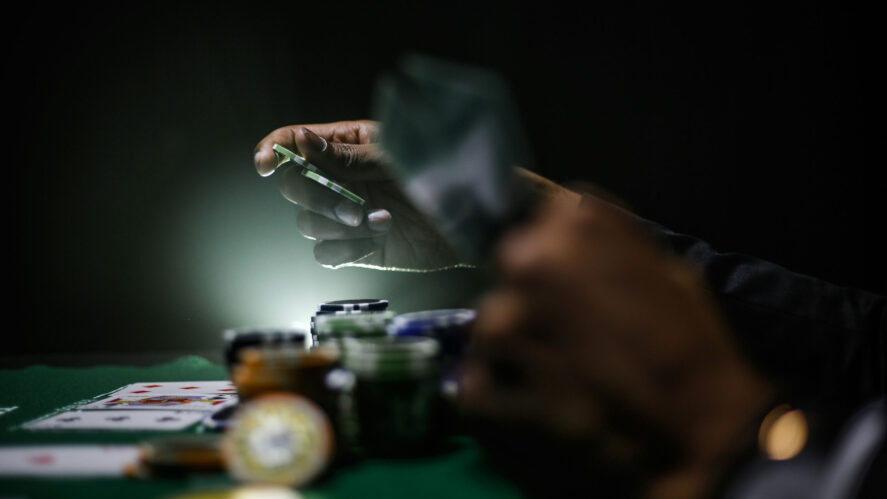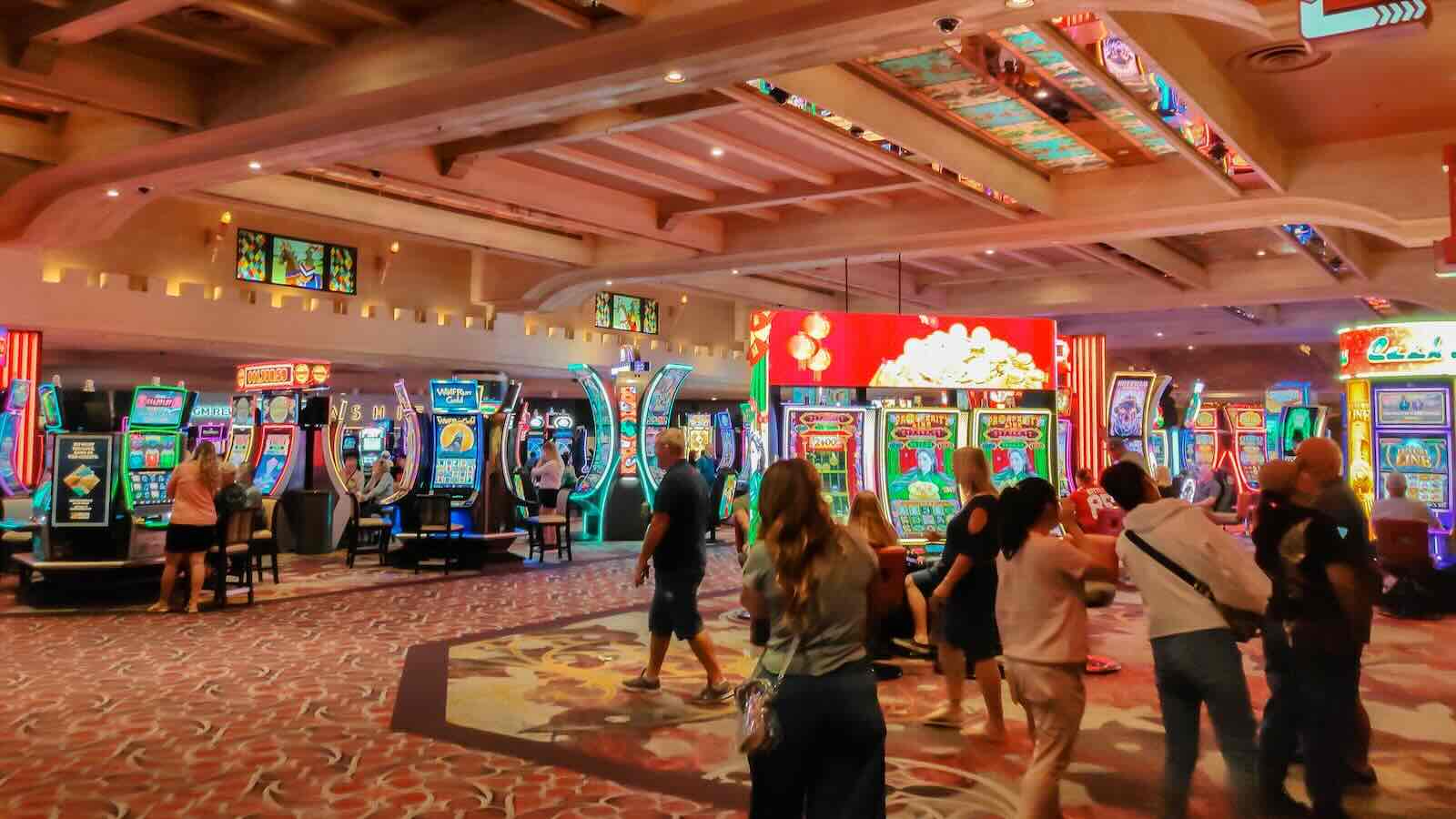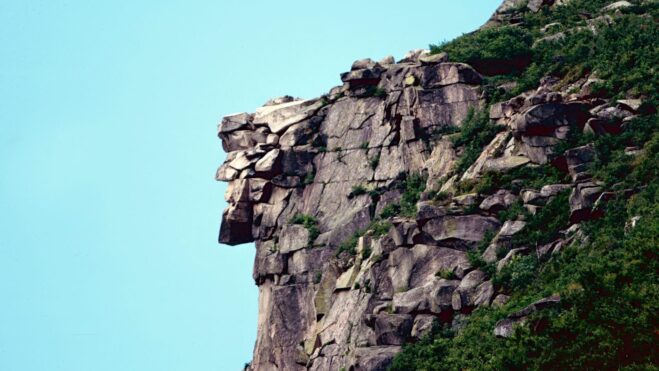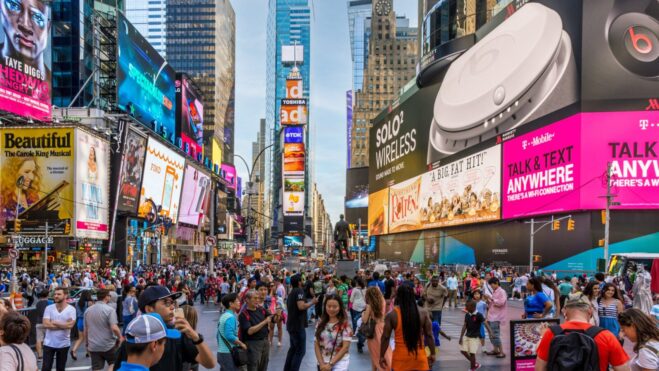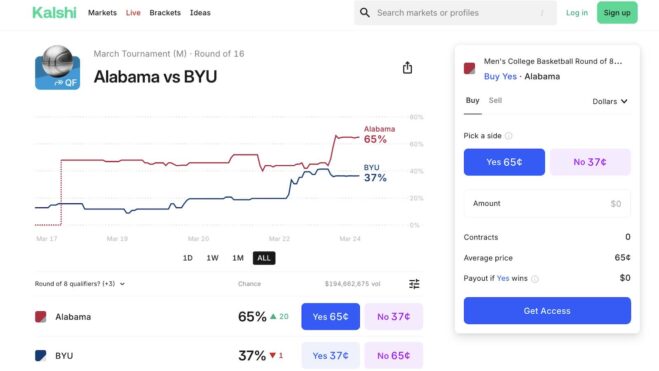Nevada’s Gaming Tourism Economy Facing Projected Declines Amid National Uncertainty
Las Vegas might see some lulls in activity over the next couple of years, but they won’t last
2 min
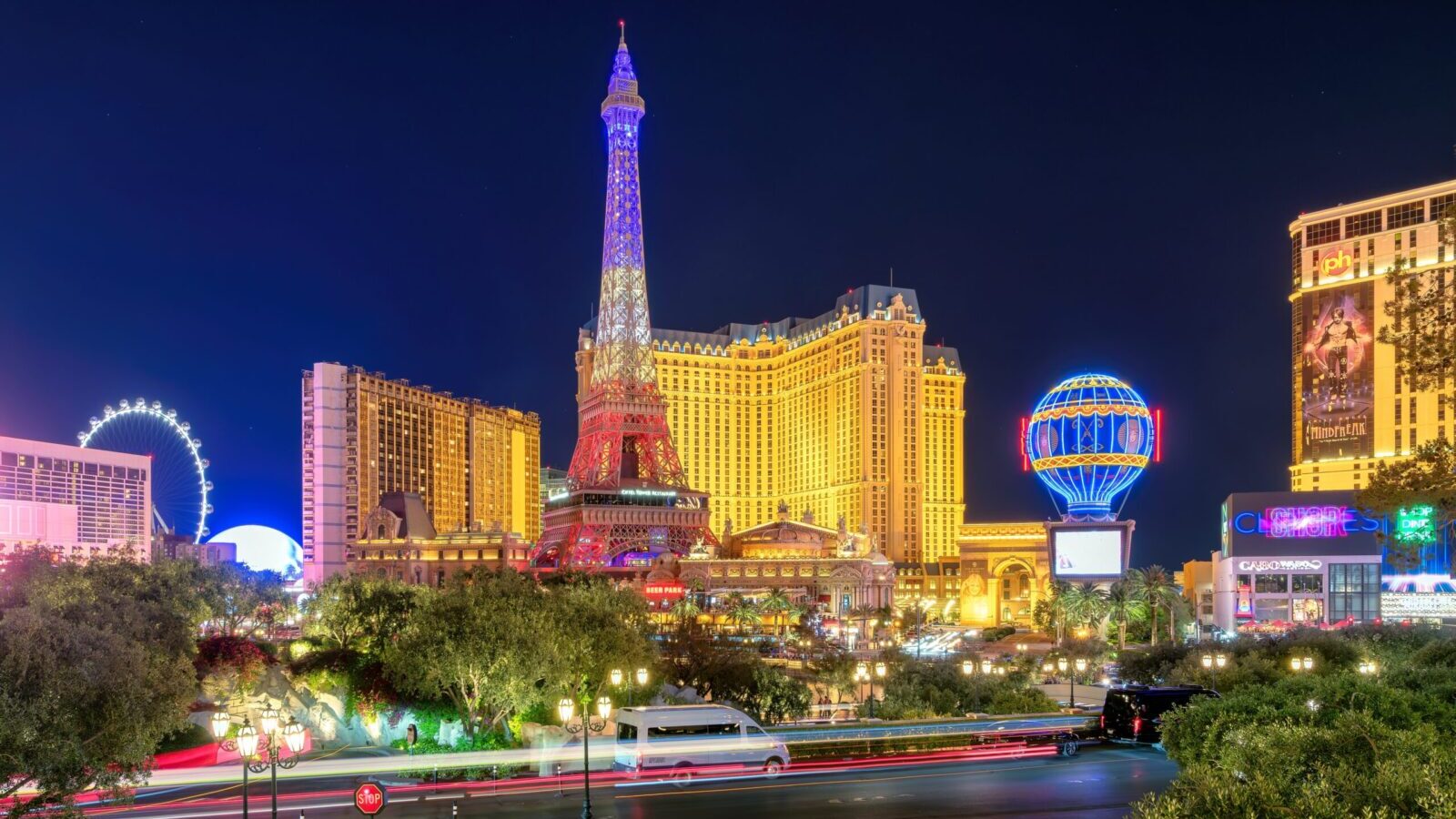
Nevada’s gaming/tourism-driven economy could face significant challenges over the next two years, according to the annual economic outlook report from the University of Nevada, Las Vegas (UNLV) Center for Business and Economic Research (CBER). The report, released Wednesday, suggests that the state’s rebound from the pandemic-induced economic crisis may soon hit turbulence, reflecting broader national economic trends.
Southern Nevada, particularly Las Vegas, has experienced a remarkable recovery since the COVID-19 closures of 2020. Visitor numbers, gaming revenue, and hotel occupancy rates have steadily increased over recent years.
In 2023, Las Vegas welcomed 40.8 million visitors, a 5.2% increase from 2022, nearing the pre-pandemic high of 43 million in 2019.
However, this upward trajectory may not last. The CBER report projects that visitor traffic will decline by 5.8% in 2025 and 6.9% in 2026. Similarly, gross gaming revenue is expected to drop by 5.4% in 2025 and 4.6% in 2026. Hotel occupancy rates are forecasted to fall by 3.8% in 2024 and an additional 4.4% the following year.
National economic ties and inflationary pressures
The report emphasizes the interconnectedness of Nevada’s tourism economy with national economic activity. The Federal Reserve’s efforts to combat inflation while averting a recession are likely to slow overall economic growth, a factor that could ripple through the state’s hospitality and gaming sectors. CBER researchers caution that Nevada’s economy is especially sensitive to these national shifts.
Stephen Miller, research director at CBER, noted that the state’s labor market has undergone significant restructuring in recent years. During a presentation Wednesday at the newly opened Fontainebleau Las Vegas, he explained that jobs in accommodation and food services have declined, while employment in arts, entertainment, and recreation has surged. This realignment has kept Nevada’s unemployment rate at 5.6%, notably higher than the national average.
“Both workers and employers are adjusting to this shift,” Miller explained. “It takes time for wages and benefits to align with the new dynamics in the labor market.”
The economic outlook is not uniformly bleak. Panelists at Wednesday’s event highlighted areas of optimism, including sustained national GDP growth. Sandip Bhagat, chief investment officer at Whittier Trust, pointed to the United States’ economic resilience, with GDP growth exceeding 2% in recent years. He expressed confidence in the country’s economic trajectory, barring unforeseen external shocks.
Despite national recovery trends, the perception of inflation remains a contentious issue. High costs for essentials like food and housing have persisted, disproportionately affecting working-class families. Andrew Woods, director of CBER, argued that economists and policymakers could have better communicated the nuances of inflation to the public, particularly leading up to the recent election.
No recession on the horizon
The anticipated slowdown raises questions about the sustainability of Nevada’s recovery and its heavy reliance on tourism. While the rebound from the pandemic exceeded expectations, future challenges underscore the need for diversification in the state’s economy.
The evolving labor market, coupled with potential declines in visitor spending, could test the resilience of Southern Nevada’s hospitality and gaming industries. However, this doesn’t mean that a recession is on the way. Southern Nevada’s economic future is expected to focus on strengthening existing industries while exploring opportunities for diversification, according to insights shared by the regional economic leaders on Wednesday.
Overall, gaming revenue in the U.S. is constantly rising. Even if Nevada were to witness temporary slowdowns, they wouldn’t be expected to last long, and the hospitality companies would likely be able to make adjustments to balance the lulls.
